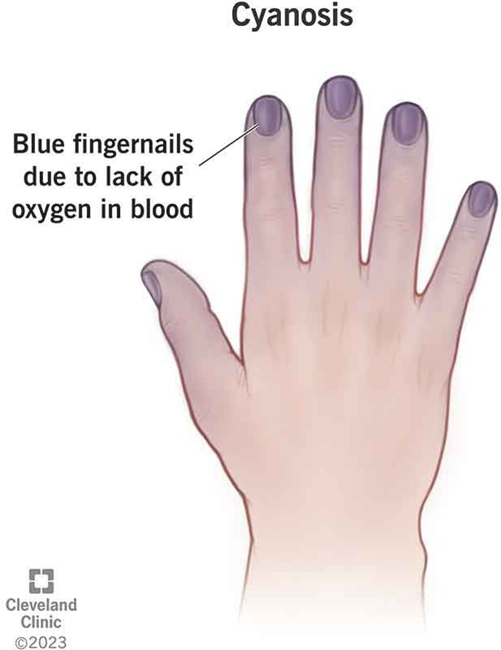The nurse is providing postoperative teaching to a client on ways to prevent constipation. Which information should the nurse include?
Drink 800 to 1,000 milliliters of fluid daily.
Take oxycodone as scheduled to prevent painful bowel movements.
Add fat-containing foods in the diet to lubricate stools for easier passage.
Ambulate early and as frequently as possible.
The Correct Answer is D
Choice A reason: Drinking 800 to 1,000 milliliters of fluid daily is below the recommended intake for most adults, which is generally around 2,000 milliliters per day to help prevent constipation.
Choice B reason: Oxycodone is an opioid that can actually lead to constipation, and its use should be carefully managed, not necessarily taken as scheduled for this purpose.
Choice C reason: Adding fat-containing foods is not a standard recommendation for preventing constipation; instead, a high-fiber diet is usually advised.
Choice D reason: Early and frequent ambulation is encouraged postoperatively to help stimulate bowel function and prevent constipation.
Nursing Test Bank
Naxlex Comprehensive Predictor Exams
Related Questions
Correct Answer is A
Explanation
Choice A reason: If the oxygen saturation remains stable during the procedure, it indicates that the suctioning is not adversely affecting the client's oxygenation, and the nurse can safely continue.
Choice B reason: Applying an oxygen mask is not necessary if the oxygen saturation is stable and within a safe range.
Choice C reason: Repositioning the pulse oximeter clip is only necessary if there is a concern about the accuracy of the reading, not when the reading is stable.
Choice D reason: There is no need to stop suctioning if the oxygen saturation is stable at 94%, as this is within the acceptable range for most clients.
Correct Answer is D
Explanation
Choice A reason: While heart rate is important, it is not the most immediate concern when a client shows signs of cyanosis.
Choice B reason: Blood pressure is a critical vital sign but does not directly address the issue of oxygenation, which is suggested by cyanosis.
Choice C reason: Temperature is less relevant to the immediate assessment of cyanosis, which is often related to oxygenation issues.
Choice D reason: Respiratory rate should be assessed first as cyanosis is a sign of potential hypoxia, and the respiratory rate can provide immediate information about the client's breathing and oxygenation status.

Whether you are a student looking to ace your exams or a practicing nurse seeking to enhance your expertise , our nursing education contents will empower you with the confidence and competence to make a difference in the lives of patients and become a respected leader in the healthcare field.
Visit Naxlex, invest in your future and unlock endless possibilities with our unparalleled nursing education contents today
Report Wrong Answer on the Current Question
Do you disagree with the answer? If yes, what is your expected answer? Explain.
Kindly be descriptive with the issue you are facing.
